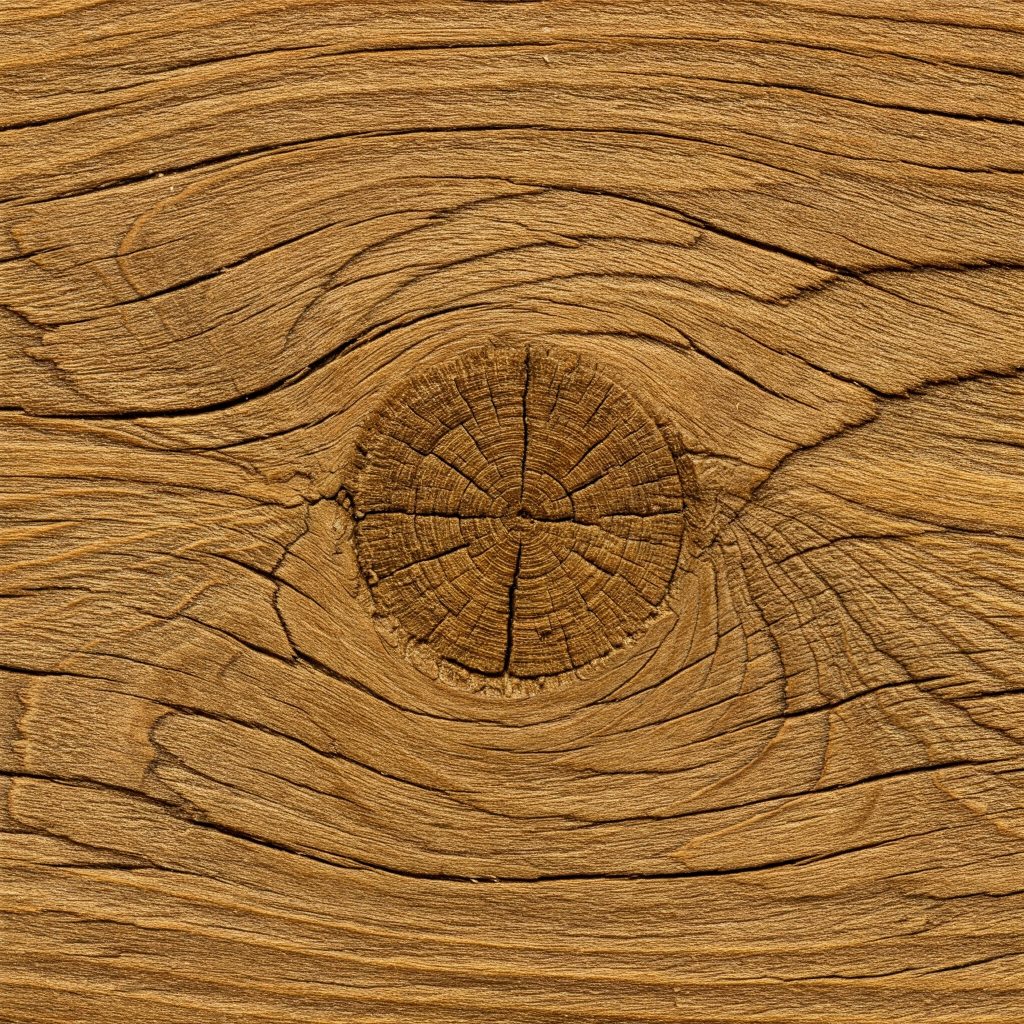
Hardwood lumber can have defects that affect its quality and usability. Here’s how to identify and avoid them.
Common Defects
- Knots: Circular imperfections that weaken the wood. Knots can be loose or tight, with tight knots being less problematic.
- Warping: Bending or twisting caused by uneven drying. Warped wood is difficult to work with and may not lay flat.
- Splits: Cracks that occur along the grain. Splits can compromise the structural integrity of the wood.
- Checks: Surface cracks caused by drying. Checks are more common in improperly seasoned wood.
How to Avoid Defects
- Inspect Lumber Before Purchasing: Look for straight, even boards without visible defects.
- Buy from Reputable Dealers: Trusted suppliers are more likely to offer high-quality lumber.
- Store Wood Properly: Keep lumber flat and supported to prevent warping.
By being vigilant, you can ensure you’re working with high-quality hardwood. Taking the time to inspect and care for your lumber will result in better projects and fewer frustrations.

Leave a Reply